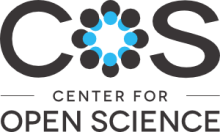Resource information
Irrigation land suitability assessment and mapping play an imperative role for sustainable utilization of scarce physical land resources. The objectives of this study were to prepare spatial data base of physical land resources for irrigated agriculture and to assess land suitability for irrigation and developing suitable area map for the study area. The study was conducted at Fogera catchment, South Gondar. Soil and water sampling spots were selected based on free and grid survey techniques and their locations were taken using Global Positioning System (GPS). Geographical Information System (GIS) techniques were used to develop irrigation land suitability map of the study area. Attributes of parameters were collected and used for suitability assessment. Attributes used as criteria for irrigation suitability analysis were ECe, ESP, soil depth, texture, pH, top and sub soil stoniness, water table depth, flood hazard, ground water quality (SAR and EC) and slope. Point data with their attribute were arranged and proximity analysis of Arc-GIS was made this resulted into twelve mapping units. The final irrigation suitability map of the project area was derived after overlay analysis. On the basis of stoniness, soil salinity, soil alkalinity, soil depth and groundwater quality it was concluded that 72 percent of the study area is potentially suitable for irrigation and 28 percent was classified as unsuitable (N) due to drainage limitation, flood hazard, texture and slope factors. Of the potentially suitable land, 1 percent was highly suitable (S1), 28 percent was moderately suitable (S2), and 43 percent is marginally suitable (S3).


